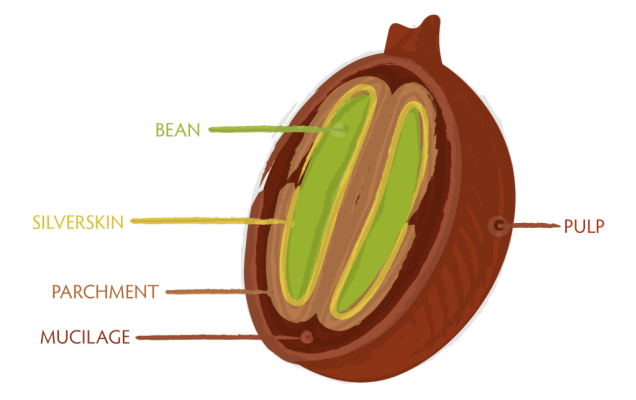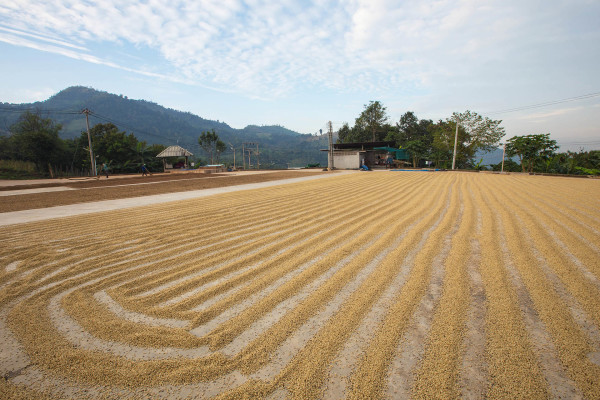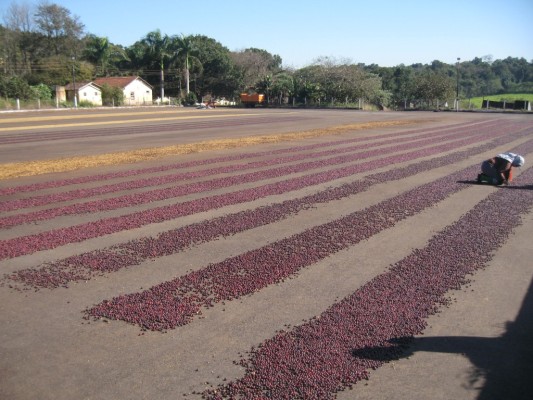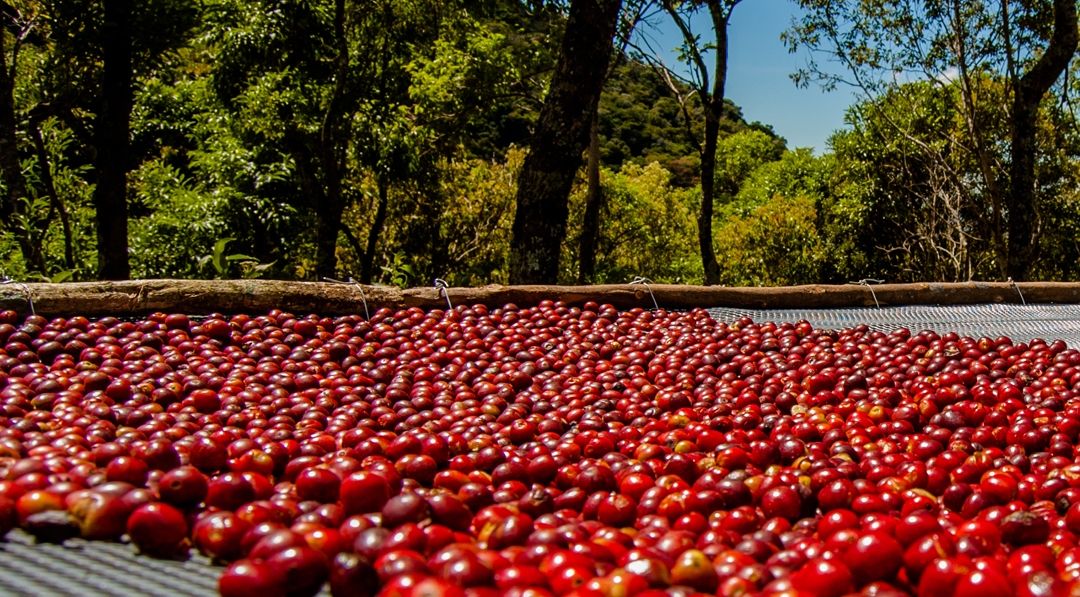Have you ever wondered what the flamboyant use of natural, washed, honey and so on processes mean when buying coffee? For particularly Speciality coffee the process has a direct impact on how the coffee tastes, which is why it pays to know which one you have preference for as they’re distinctive and each to their own.
The initial coffee bean varietal may provide the backbone flavour profile but the process means it can be tasted in multitude of ways. For the sake of simplicity they can be broken down into the most common methods of Washed, Natural and Honey. From a scientific perspective coffee processing when farmed is the level of fermentation applied to the bean. Coffee fermentation refers to the biological breakdown of sugars of the 5 outer layers of a bean cherry (pictured below) by bacteria and yeasts that govern how acidic the bean can become. Dependent on the process this can add to the complexity and depth of bean flavour.
 WASHED PROCESS
WASHED PROCESS
The washed process is when the pulp and outer layers of the bean are completely removed and washed before being dried. This is the most common process within Speciality coffee as it solely relies on the bean for flavour. Since the layers are removed there is no fermentation that puts more reliance on how the bean is grown as a result of the weather, soil and overall farming conditions it has been subject to. With no fermentation the bean becomes less acidic and you should expect clean, deep and bold flavours via this method. Our Colombian Pitalito bean is a great example of this with its more caramel flavours attributed to the region.

NATURAL PROCESS
Also known as the dry process method, as the name suggests the beans are naturally dried after the bean is picked and sorted. This the oldest bean process methods whereby the outer layers of the bean are kept on and the beans are dried commonly on a drying bed by the sun. Ethiopia is famed for this method which although sounds simple is labour intensive due to constant turning of the beans to avoid moulding as well as time it takes to dry dependent on the weather. This is a more inconsistent way of processing as a lot of factors can affect the beans during this process. This process results in high fermentation and acidity which regardless of bean origin creates bright characteristics of fruit and wine. Controlled well this can result in all types of fruity flavors, such as our Ethipioan Ato where blueberry runs strong.

HONEY/PULPED NATURAL PROCESS
In the same category as pulped natural and semi washed, the honey process is the method anywhere in between the washed and the natural process whereby only some of the outer layers are removed from the bean before drying. Despite what the honey name suggests this process gets its name from the sticky texture that occurs on the bean when the skin is removed but mucilage remains on the bean. This mid fermentation process has been shown to control the level of sweetness of the end bean product that make it universally loved by many. Done correctly it offers a creamy and sweet profile that can combine the best of both Washed and Natural process. Our Costa Rican Don Chico gives the honey process justice with its sweet flavours of Demerera sugar.




